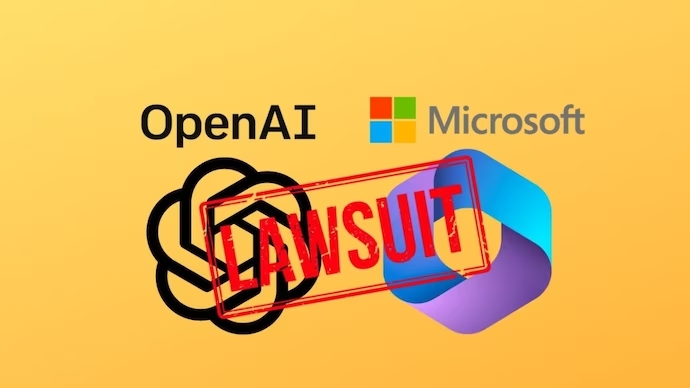Although this debate has symbolic meaning, it also highlights a deeper problem: the need to bring the copyright laws that were put in place during the printing press era into line with the rapid advances in technology, especially large language models (LLMs) like ChatGPT.
The legal system of copyright, which was established centuries ago, does not have any particular laws that deal with the complexities of works created by AI. As a result, the courts must adjust long-standing legal principles to the intricacies of modern technology. The Copyright Act of 1976’s fair use doctrine, which specifies when using copyrighted content is considered permissible, serves as the cornerstone in this situation.
The objective of usage, the type of copyrighted work, the quantity and quality of the piece used, and the impact on the original work’s market share are the four pillars of the fair use doctrine. Creative works are protected by copyright more than technical writing or journalism, but educational and non-profit applications are typically more likely to be deemed fair use.

Source: India Today
The NYT’s legal approach will probably centre on demonstrating cases in which ChatGPT or Bing returns results similar to those found in NYT stories, highlighting the commercial character of these artificial intelligence systems and their effect on the newspaper’s readership. The newspaper will highlight the artistic qualities of journalism and make the case that its revenue model could be seriously threatened by AI-powered search engines that get articles directly from the New York Times.
Microsoft and OpenAI, on the other hand, are anticipated to refute these accusations by claiming that their LLMs learn and make statistical predictions in order to produce novel replies rather than just copying. By comparing this method to how a human writer would combine information from multiple sources, they may contend that copyright infringement is not occurring. Furthermore, news, which is primarily factual, is likely to be handled more leniently than creative content, according to the defence.
The potential harm to newsgathering businesses, however, is what really matters. Since their knowledge is based on already available material, LLMs like ChatGPT are unable to independently collect and verify new facts. As such, these systems greatly depend on news agencies such as the New York Times for its basic news.
Source: NBC News
Preserving a free press is a crucial public interest issue that is brought up by this dependency. The issue of fair use is entwined with the larger demand for reliable news sources in society. The possibility of declining subscriptions poses a direct challenge to the survival of venerable institutions such as the New York Times, should AI systems be able to give information at a lower cost than conventional outlets. As enablers of this technological revolution, Microsoft and OpenAI may find themselves morally and financially obligated to support the very news organizations they depend on.
For the courts, navigating this complex terrain within the parameters of copyright law is extremely difficult. While literal copying is easy to deal with, LLMs’ content transformation introduces subtleties that need to be carefully considered.
The social repercussions of undermining the underpinnings of traditional journalism should not be overshadowed by the possibility that these AI systems may deliver news in a more economical way. The courts are facing several challenges, and one major one is the brittleness of the current news infrastructure and how important it is to maintain democracy. The resolution of this legal dispute will surely influence copyright law in the future and how it is modified to reflect the changing artificial intelligence environment.
What do you think about this? Comment below.

